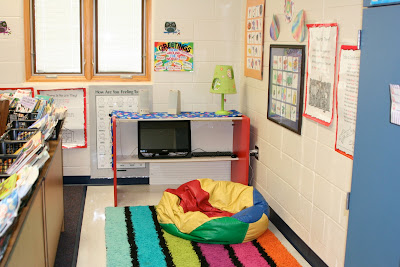
Session Description
We are in a new age, a new time and we need to create new places and spaces that nurture mobile content in the richly literate classroom. From a pedagogical perspective, we are adrift as mobile devices make their way into the hands of our children and spread ever more widely into everyday life. Although a growing body of research points to the potential of mobile computing for influencing children’s emerging literacy skills, empirical studies on mobile learning in early elementary are rare. Even less is known about developing learning spaces that can support our youngest mobile students.
As technology becomes ubiquitous, questions of appropriateness, physical attributes of devices, placement, and usage patterns need to be answered. Young children need age and developmentally appropriate physical environments that are safe, nurturing, and supportive of child-directed play and learning. Active, creative play and exploration is central to healthy child development. The physical environment, including its ambiance, layout, acoustics, lighting, equipment and furnishings has a profound impact on children’s learning and behavior.
Without a doubt, designing a high quality, developmentally and culturally appropriate environment for children, whether for learning or for play, is a highly complex process. Join in a conversation around building spaces that support the elementary child as a unique individual; are child controlled; encourage exploration, experimentation, and risk taking; encourage critical thinking, decision making, and problem solving. Discuss the implications of these type of spaces as young learners transition to secondary schools.
Conversational Practice
User-centered design is a process that focuses on the needs, wants, and limitations of end users of a product. Rather than forcing users to modify their behavior to accommodate the product, user-centered design attempts to optimize the product around how users can, want, or need to use the product. As we envision and design new spaces for our youngest learners, this user-center approach is critical. In the context of our conversation, user-centered design will become a multi-stage problem solving process that requires participants to analyze our current schools and classrooms, envision new spaces for learning and create rich media objects that will transform our conversation into eBook that can be shared widely with educators so that we may test the validity of our assumptions in real world cases.
2 com





